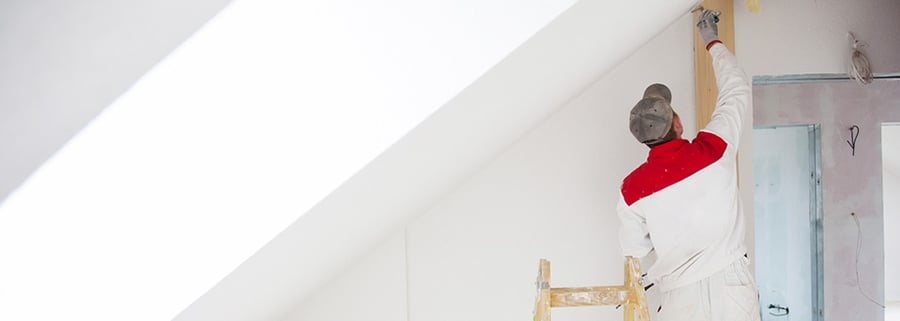Streamline your tender management and receive subcontractor and supplier quotes directly inside Cubit Select. Managing y...
Streamline your tender management and receive subcontractor and supplier quotes directly inside Cubit Select. Managing y...
Home renovations have become as much of an Australian cultural pastime as a Bunnings sausage sizzle or a day at the cricket. And with a current revenue of $368 billion and an annual growth of 2.5% from 2012-2017, Australia’s building market continues to grow, despite a difficult financial environment.
Using data from population and building analysts company .id, we explore the current trends in Australia’s booming building market, noting how much money is being spent, the type of building happening and where the activity is.
Most money is spent on new dwellings. The financial year 2014-15 in New South Wales saw $17.8 billion in total work, $15.7 billion of which was spent on new dwellings. This number is only surpassed by Victoria, where $20.2 billion was spent over the same period, $17.8 billion of which was spent on new dwellings.
However, with land at a premium, the value of renovations is rising, playing an important role in employment and the health of the building industry.

Australians completed an estimated $7.2 billion of renovating requiring approval in the 2014-15 financial year. And this figure was double what we saw in 2000, now sitting at about 15% of building activity.
Renovations have dramatically risen since the 1970s, when they were far less common, representing just 3-5% of building activity. Renovations have become an Australian cultural pastime in the last four decades. In the period of 2001-2011, we’ve seen a significant shift towards building four bedroom houses. This is partly from developers building new houses with four or more bedrooms, and partly due to renovations to existing dwellings.
There’s a big focus on the building landscapes of Sydney and Melbourne, yet Tasmania boasts the highest proportion of renovation activity at 15.9%. However, this only represents $122 million.
The areas seeing the highest value of renovations were less surprising. Boroondara in Melbourne’s eastern suburbs totalled $377 million worth of work, 40% of which was from renovations. This was closely followed by North Sydney’s Mosman at $314 million, and then Victoria’s Mornington Peninsula at $238 million and Sydney’s Eastern Suburbs (such as Waverley, Bondi, Woollahra and Vaucluse) at $223 million.
Much of this work is carried out in dense inner city areas. With a constantly rising population, especially in Sydney and Melbourne, these suburbs are often struggling to cater for the influx of people. And since there is little available land to build new dwellings, much of the building work is concentrated on renovations.

This in turn leads to dramatic rises in land value. Inner city areas which were typically inhabited by new migrants and renovated are now unaffordable to many. One example of this is the Leichhardt in Sydney’s inner west. In 2013-2014, 56.9% of their total work was in renovations; the most in the country.
This is contrasted by some areas which experience a very low proportion of renovations. These are typically suburbs outside of major cities with cheaper land and large sites for redevelopment and greenfield housing. For example, Victoria’s City of Casey, New South Wales’ Blacktown-North and Gungahlin in the ACT experienced 1.8%, 1.5% and 1.0% of their total work in renovations, respectively.
Australia’s building markets continue to grow, although the nature of building work depends on the area.
Availability and price of land, as well as population trends play a big role in what people build, with dense, inner city suburbs mostly experiencing renovations, while outer suburbs have more new dwellings being built.
To see how Cubit can simplify your estimating and takeoff, book a free 14-day trial by clicking below:
Every year, new trends and technologies emerge that have the potential to change...
Construction activity is on the rise throughout Australia. Clients are not only ...
Every project that you carry out will involve a certain level of risk. From safe...


Ⓒ 2024 Buildsoft. All rights reserved